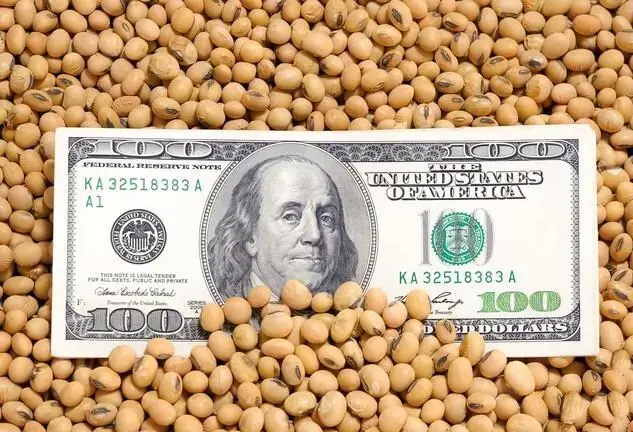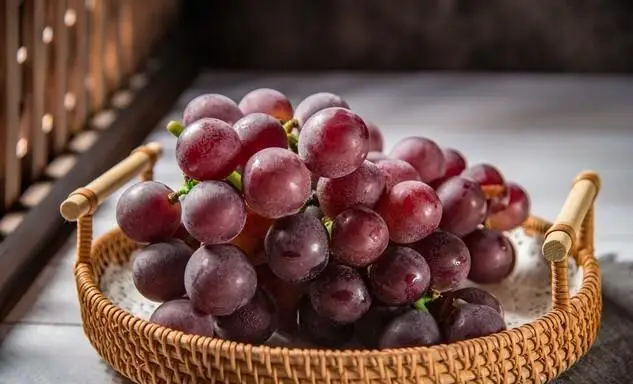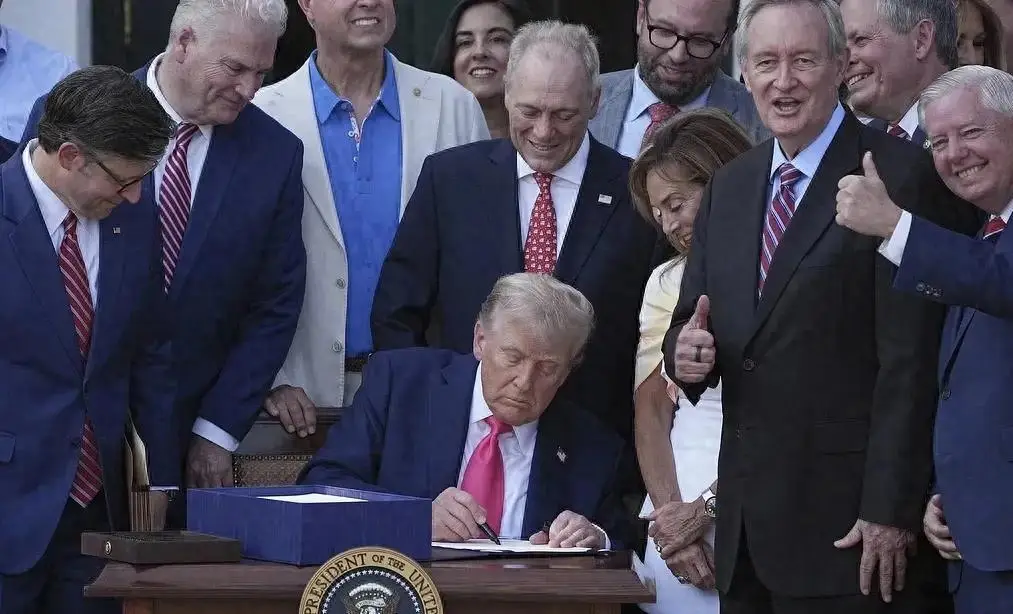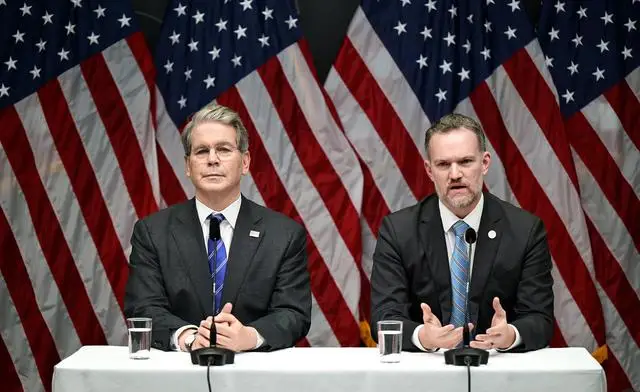The Trump administration's wielding of tariffs has ultimately backfired like a boomerang, hitting the US mainland hard. When the Trump administration initially announced a 50% tariff on imported steel and aluminum, and a 25% tariff on auto parts, they likely didn't anticipate that the bill would ultimately fall on American automakers. This massive tariff war, ostensibly designed to "protect American manufacturing," has primarily dealt a heavy blow to the US auto industry.

Ford, for example, discovered that its SUVs assembled in Kentucky cost a staggering $5,000 more than comparable models imported from Japan. The losses from tariffs have been excruciating for American auto giants. By the second quarter of 2025, Ford's losses from tariffs reached $800 million, while General Motors' losses were even more severe, reaching $1.1 billion.
Faced with immense pressure from the domestic auto industry, the Trump administration was forced to begin adjusting its policy in April 2025. On April 14, Trump publicly announced that he was considering granting tariff exemptions on imported parts to US-based automakers. In October of the same year, more specific policy details emerged: Republican Senator Bernie Moreno revealed the impending launch of an incentive system centered around "American content." This incentive would grant tariff exemptions to automakers whose vehicles are finally assembled in the US. This news immediately triggered significant volatility in the US auto sector, boosting market sentiment.
The direct beneficiaries of this new policy will be automakers with high "American content" rankings, including Ford, Toyota, Honda, Tesla, and General Motors. "American content" is a complex, comprehensive assessment that not only considers a vehicle's final assembly location but also assesses the proportion of US and Canadian parts used, the origin of its engines and transmissions, and even the percentage of US workers employed in the manufacturing process. The policy's intention is clear: to exchange tariff incentives for tangible domestic investment and job creation.
However, this tariff exemption is not without cost; it carries significant constraints. Automakers must increase their use of US-made parts and hire more US workers, otherwise they will lose access to the tariff exemption. This inevitably forces companies to restructure their existing production lines, a costly undertaking. For example, if General Motors were to shift 30% of its Chinese supply chain to the US, it would have to invest an additional $2.3 billion in battery plant construction, and during the window before the plant opens, it could lose production capacity of up to 150,000 vehicles.
The highly globalized US automotive supply chain makes the costs of tariffs difficult to absorb. On average, a US-produced car contains 50% to 60% imported parts. Therefore, even if the vehicle is assembled in the US, the cost pressures of upstream steel and aluminum raw materials (with tariffs as high as 50%) and imported parts (with tariffs of 25%) are unavoidable. Even US-based companies like Tesla are not immune to the impact of tariffs. Tesla CEO Elon Musk admitted that while Tesla has factories in the US, key components like batteries still rely on imports, and therefore the tariff policy will have a significant impact on Tesla.

In stark contrast to the potential glimmer of hope for American automakers, the US agricultural sector, particularly soybean and grape growers, is mired in a prolonged downturn brought on by the tariff war.

China was once China's largest soybean supplier, but the tariff war has completely changed that dynamic. Effective January 16, 2025, Chinese companies stopped purchasing US soybeans. American Soybean Association President Ragland admitted that farmers fear not just losing money but also the possibility of losing everything and even their land. Their goal is to maintain their livelihoods and avoid bankruptcy until the US-China negotiations are concluded.
Faced with the absence of US soybeans, China quickly turned to Brazil, purchasing large quantities of Brazilian soybeans. In early April 2025, Chinese importers decisively placed orders for 40 cargoes of Brazilian soybeans, totaling approximately 2.4 million tons. This order, cleverly capitalizing on the Brazilian soybean harvest season (March-May), directly caused the US soybean market share in China to plummet from 40% to around 18%. US soybean prices subsequently plummeted, dropping by nearly 17% compared to a year ago. Tim Dufort, a farmer from Minnesota, said the price drop over the past two days alone has cost him approximately $25 per acre.

California grape growers are also facing unprecedented difficulties. Jeff Bitter, president of the California Grape Growers Association and a 30-year industry veteran, stated that the California grape industry is facing an unprecedentedly challenging situation due to the sluggish US economy and the Trump administration's tariff policies. Although this year's grape harvest and quality were both good, the large number of unsold grapes has significantly reduced the actual harvest, leaving many grapes to rot on the branches. Most growers have been forced to abandon vineyard management or perform only minimal maintenance. Only a few growers with long-term purchase contracts with wineries are still able to maintain operations.
The trade war triggered by tariffs has significantly increased the price of American wine in overseas markets, making it less competitive and forcing buyers to turn to other countries such as Chile and Australia. Even more devastating, Canada, a key market for US wine exports (accounting for over 30% of total US wine exports), has also retaliated by removing US wine from its shelves. At the same time, domestic wine demand in the United States has been declining over the past three years, as consumers, under economic pressure, have turned to cheaper beverages, plunging the industry into a difficult situation both internally and externally. Data suggests that as many as 30% of grape growers have been forced to abandon their production due to unsustainable production.
Trump's tariff policy exhibits a distinctly selective nature. The automotive industry, as the jewel of the manufacturing sector, provides numerous jobs and a high-end supply chain, and therefore, its challenges are quickly addressed through policy responses. However, the pain endured by agriculture, while equally profound, appears to have been relegated to a secondary position in the political equation.
This selectivity reflects complex political and economic calculations. The adjustment to auto tariffs will occur in April 2025, just a few months after the initial tariffs were imposed.
To appease affected farmers, the government previously provided $12 billion in agricultural subsidies. However, American Soybean Association President Ragland noted, "We support the president, but we can't live on subsidies forever." The frustrated sigh of an Indiana soybean farmer echoed the sentiments of many American farmers.
The repeated adjustments to tariff policies have exposed inherent contradictions. On the one hand, the government attempts to protect domestic industries through a tough trade stance; on the other, the interconnectedness of global supply chains makes unilateral tariffs a double-edged sword, protecting certain sectors while severely harming others that rely on global trade.
The immediacy and targeted nature of these policy adjustments clearly reflect the varying weights held by different industries in the current political and economic landscape of the United States.

%20--%3e%3c!DOCTYPE%20svg%20PUBLIC%20'-//W3C//DTD%20SVG%201.1//EN'%20'http://www.w3.org/Graphics/SVG/1.1/DTD/svg11.dtd'%3e%3csvg%20version='1.1'%20id='图层_1'%20xmlns='http://www.w3.org/2000/svg'%20xmlns:xlink='http://www.w3.org/1999/xlink'%20x='0px'%20y='0px'%20width='256px'%20height='256px'%20viewBox='0%200%20256%20256'%20enable-background='new%200%200%20256%20256'%20xml:space='preserve'%3e%3cpath%20fill='%23FFFFFF'%20d='M194.597,24.009h35.292l-77.094,88.082l90.697,119.881h-71.021l-55.607-72.668L53.229,232.01H17.92%20l82.469-94.227L13.349,24.009h72.813l50.286,66.45l58.148-66.469V24.009z%20M182.217,210.889h19.566L75.538,44.014H54.583%20L182.217,210.889z'/%3e%3c/svg%3e)




